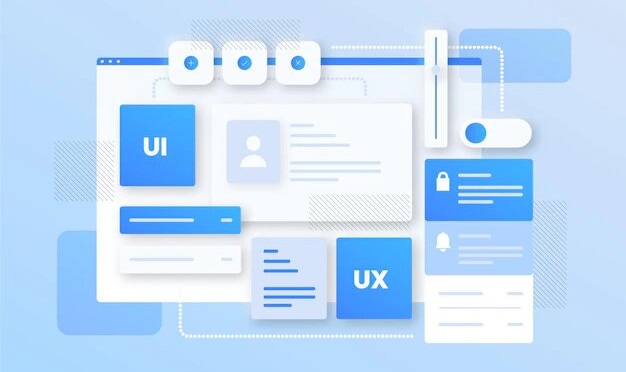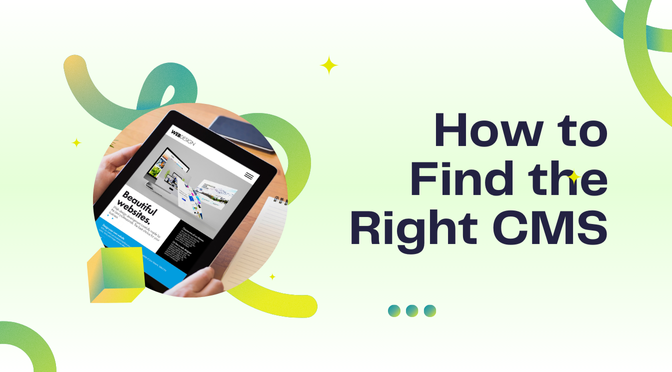Formerly known as “human interface research,” the discipline now known as “user experience design” (or “UX” for short) focuses on ways to enhance the user’s interaction with a product or service.
However, the PC revolution of the 1980s and the subsequent internet growth in the next two decades shifted the emphasis of the technology sector away from usability and toward interface design.
The design market is now worth $165 billion and is expected to increase rapidly over the next decade. But in the present day, what exactly does a UI UX designer do?
In the article below, find out how UX designers influence how we interact with the digital items we use daily.
Who is a user experience designer?
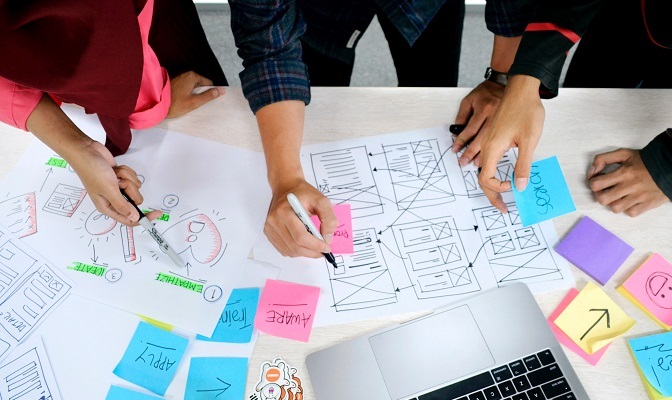
User experience designers create interactive experiences that are easy to use and enjoyable to the eye. Designers must be aware of their users’ wants, needs, attitudes, motivations, expectations, and pain spots to create an enjoyable experience.
Designers that focus on user experience learn about the people who will be using the product, their goals for using it, and how they feel about using it. The features and aesthetics of a product are shaped by these discoveries.
What exactly does a user experience designer do?
The design process is iterative because it is based on design thinking, an approach to problem-solving that is centred on the needs of the end-user and drives a never-ending cycle of testing, prototyping, and iteration.
What a UX designer does on a daily basis depends on their level of experience, the size of the organisation, and the specifics of their position.
Workload distribution in user experience design
Let’s look at how UX design functions in different companies.
New enterprise creation
Since startups often have small teams and little resources, UXers are generally tasked with managing the whole lifecycle of a project. They are in charge of directing the UX strategy and may also manage projects and products. They could also have frequent communications with the company’s founders and engineers to set goals, assign resources, and define the scope of the product.
In the middle market
UX designers working for medium-sized businesses are often “T-shaped,” meaning they have both a broad base of knowledge (the “T’s” horizontal line) and a more in-depth understanding of one subset of UX (the “T’s” vertical line). They may provide a variety of viewpoints to the team and provide input on a broad range of initiatives.
In the case of Major corporations
Specialist jobs and separate teams are common in a UX design department at a big company. In most cases, designers will specialise in one part of the UX design process and apply that knowledge to a variety of projects.
Mentoring is more common in large organisations than in smaller ones since UI UX designer of varying experience levels often works together in teams.
Career-stage-specific responsibilities in UX design
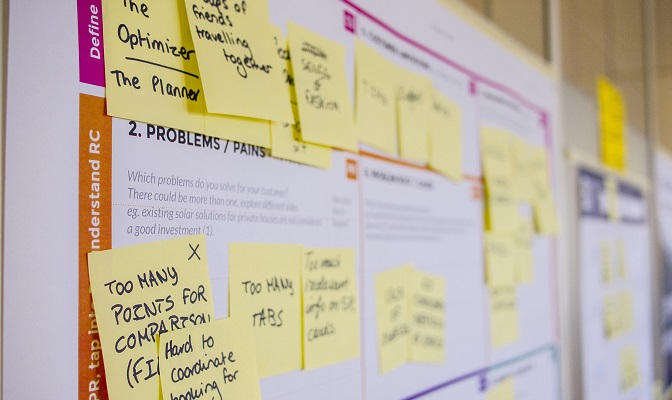
Let’s look at how a designer’s goals and duties shift as their level of expertise rises and falls.
Junior user interface designer
At the beginning of their careers, many junior designers try their hands at everything. An entry-level UXer’s role is to assist more experienced designers by carrying out assignments given to them or outlined in a blueprint. Designers at the entry level might benefit from having teammates who can act as mentors as they gain experience in the field.
Intermediate user experience designer
Most people who work in the mid-level UX field have honed their skills in UI UX designing for a certain market or category of products. Mid-level designers tend to look at the big picture more than the fine print, evaluating design choices based on the project’s features or scope. Additionally, intermediate UI UX designers have extensive familiarity with design tools and processes and take on increased responsibility for UX projects.
UI expertise at a senior level
Senior designers often have six years of experience or more and see projects from a broad, conceptual perspective. These experts recognise that modifying a single component of a system impacts the whole system.
Experienced designers tend to consider the challenges of UI UX designing for several platforms and devices as minor variations in context and instead pay attention to the relationships between business models, product design, and consumer behaviour.
Responsibilities of a UI/UX designer
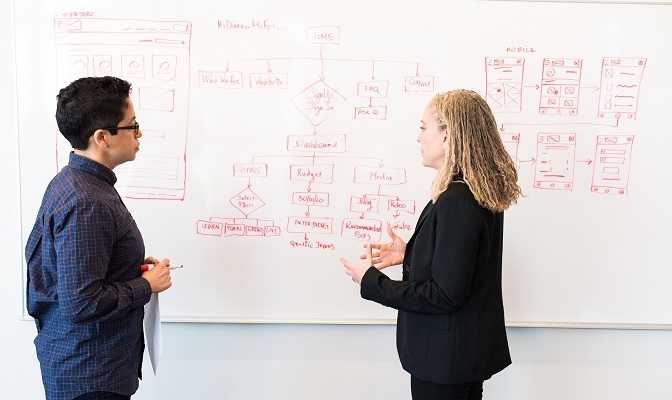
- Collaborate with product managers and engineers to gather and assess the needs of end users.
- Use storyboards, process maps, and sitemaps to visually communicate your design intent.
- Create the visual parts of the user interface, such as buttons, tabs, and widgets
- Create search bars and menus for your website.
- Make mockups and prototypes of the user interface (UI) that show the features and layout of the final product.
- Make your own unique visuals (e.g., images, sketches, and tables).
- Rough draughts should be prepared and presented to internal teams and important stakeholders.
- Find issues with user experience and fix them (e.g., responsiveness).
- Make design changes according to user comments. Use predetermined colour, font, and image schemes.
UX/UI designer skills
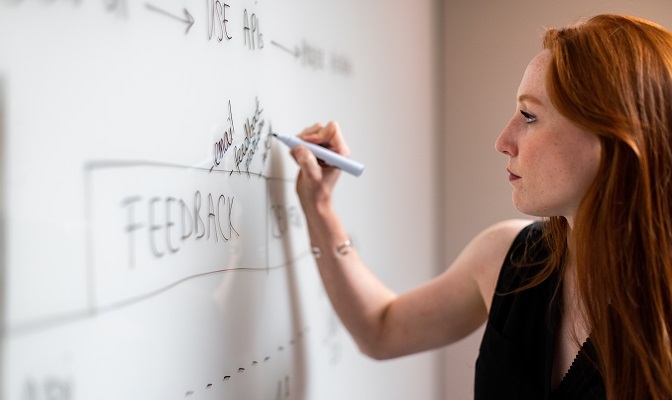
UX designers rely on both analytical and creative abilities while creating their products.
Hard skills
“Hard skills” refer to the specific set of technical know-how and schooling required to carry out UX design. User experience design (UX) requires a set of hard skills, including:
Prototyping and wireframing
Wireframes and prototypes are developed by UX designers using digital tools like Sketch, Figma, InVision, and Adobe XD.
User research
Skills in research are required for user research in order to ascertain requirements. UX researchers collect information about users and create personas using methods like diaries, interviews, questionnaires, and more.
UX writing
User experience writing, or UX writing, involves creating text for a product’s user interface. Users are able to find their way around a product with ease because of well-written UX copy. Users are aided in their information-gathering efforts by clearly labelled data as well.
User testing
Testing from a user’s perspective requires knowledge of A/B testing, product analytics, and benchmarking to properly assess the product’s ease of use, accessibility, and utility. UX designers also need analytical skills to make sense of user feedback and make informed decisions about product development.
Visual communication
These professionals specialise in the use of visual components to express or organise information, as well as to elicit a range of feelings in the viewer, in the user, or in the product itself.
User interface design
A solid understanding of colour theory, logo design, and typography are all essential in the field of User Interface design. Expert designers know how to apply user interface design principles to create products that people love to use.
Soft Skills
The ability to connect with people and work well in a team is greatly aided by designers’ “soft skills,” or qualities and interpersonal abilities.
Some examples of soft talents necessary for UX design are:
Empathy
To create designs that provide meaningful, pleasurable experiences for users, designers must use emotional intelligence to empathise with those users’ goals, needs, motivations, and pain points.
Communication
If they want to successfully match corporate objectives with user wants, Communication Designers need to have open and productive dialogues with key stakeholders. The ability to effectively convey one’s idea to a design team is essential when developing a product from scratch.
Collaboration
In most cases, designers will collaborate with others. Collaboration is the key to better results and quicker development.
Analytical reasoning
UX design, at its foundation, is all about finding solutions. When trying to alleviate customer frustration, designers should apply critical thinking skills to come up with viable options.
Conclusion
The UI UX Designer will collect and analyse the needs of the end users. Storyboards, process flows, and sitemaps are just tools they employ to communicate design concepts. Elements of the graphical user interface, such as menu tabs and widgets, are also designed by them.
